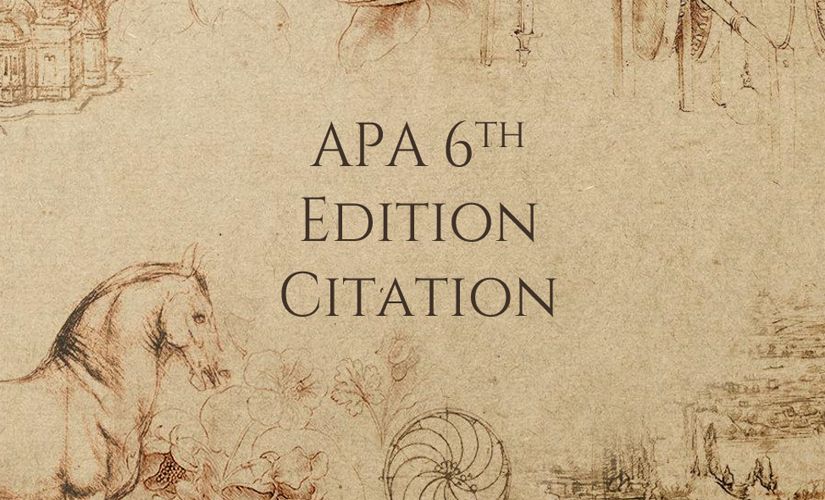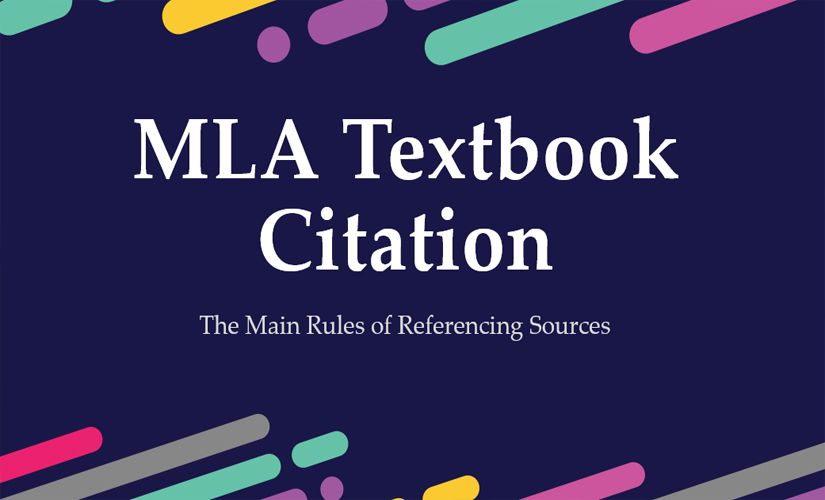A Chicago bibliography is a detailed list of all the references quoted in an academic paper. Basically, a bibliography helps students to indicate the accurate sources of the evidence that they use in writing academic papers. In the Chicago style, a bibliography starts on a separate page. Also, the section appears at the end of an assignment or academic writing and contains details of the sources used as in-text citations. Hence, the bibliography page for papers formatted in Chicago style contains references arranged alphabetically or chronologically, includes single-spaced and hanging indented entries, has italicized designations for some sources, and cover capitalized titles.
Alphabetization and Chronoloziation
The Chicago bibliography must contain sources arranged alphabetically or chronologically. For instance, the references should appear in alphabetical order by surname or title. In this case, one should use the last name of the principal author of a source to organize the bibliography list in the Chicago style. Basically, scholars should arrange sources by the same author alphabetically by title. In turn, bibliographies with one author must appear chronologically to follow the rules of the Chicago manual of style. Also, a person should arrange the sources starting with the most recent followed by the oldest. Thus, the Chicago bibliography must have sources ordered alphabetically by surname or chronologically by the date of publication.

Single-Spaced and Hanging Intended Entries on the Chicago Bibliography Page
The Chicago bibliography must have single-spaced and hanging indented entries. For instance, every entry in the bibliography should have single spacing. In this case, one must leave a space between entries by considering the rules of the Chicago manual of style citation. Basically, all entries must have a half-inch hanging indentation. Also, the first line of a bibliographic entry must start at the left margin. In turn, the subsequent lines should begin at five-inches from the left margin. Thus, one must format the bibliography entries to in single spaces and hanging indentation.
Italicization
The titles for some sources in the Chicago bibliography should appear in italics. For instance, italics are the ideal layout for titles of books, journals, and videos in the Chicago bibliography. However, not all sources should have italicized titles in the bibliography, covering the rule of the Chicago style citation manual. For example, the title of sources like book chapters should not appear in italics. In this case, one must enclose the title of a book chapter in double quotation marks. Thus, titles of sources in the bibliography should appear as italicized or enclosed in quotation marks.
Title Case
Headings of the sources in the Chicago bibliography should appear in title case. For instance, one should only capitalize nouns, pronouns, verbs, adjectives, adverbs, and subordinate conjunctions in the title. Basically, principal words, including those with hyphens, should start with capital letters in the Chicago style format. Besides, one should not capitalize articles, prepositions, and conjunctions that appear in the title. Thus, bibliographic entries for all sources must appear in title case.
Conclusion on the Chicago Bibliography
In conclusion, the Chicago bibliography must contain all sources used in in-text citations. Firstly, the bibliography page should contain sources that are formatted alphabetically or chronologically. In this case, one must arrange sources alphabetically by the surname of the principal author. Then, sources from one author must appear chronologically by the year of publication. Basically, all entries in the bibliography must appear single-spaced and in hanging indentation. In turn, the title of books, journals, and videos should be in italics. Otherwise, one should enclose the titles in quotation marks. Finally, principal words in all titles should have first letters in capital cases.


